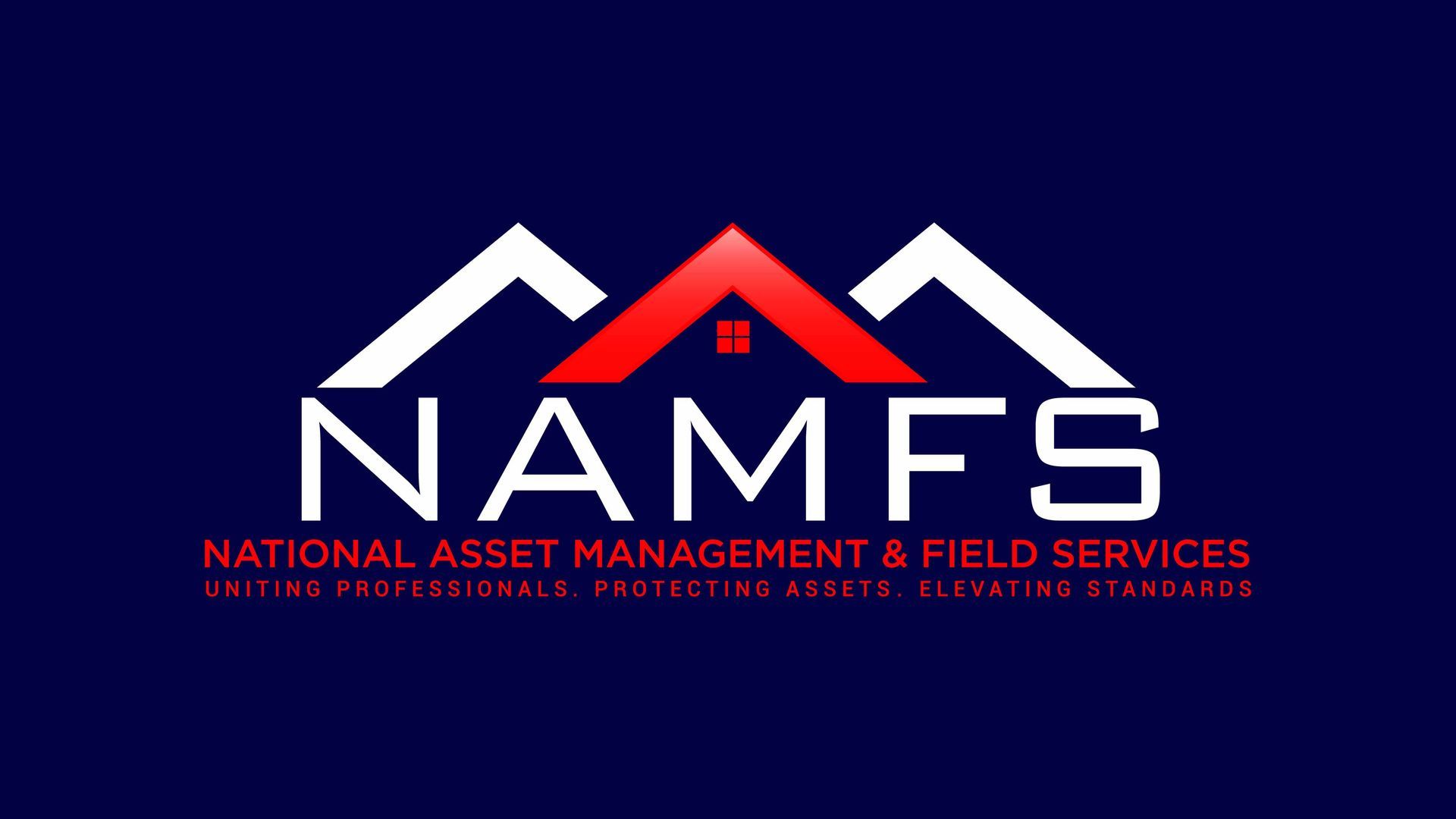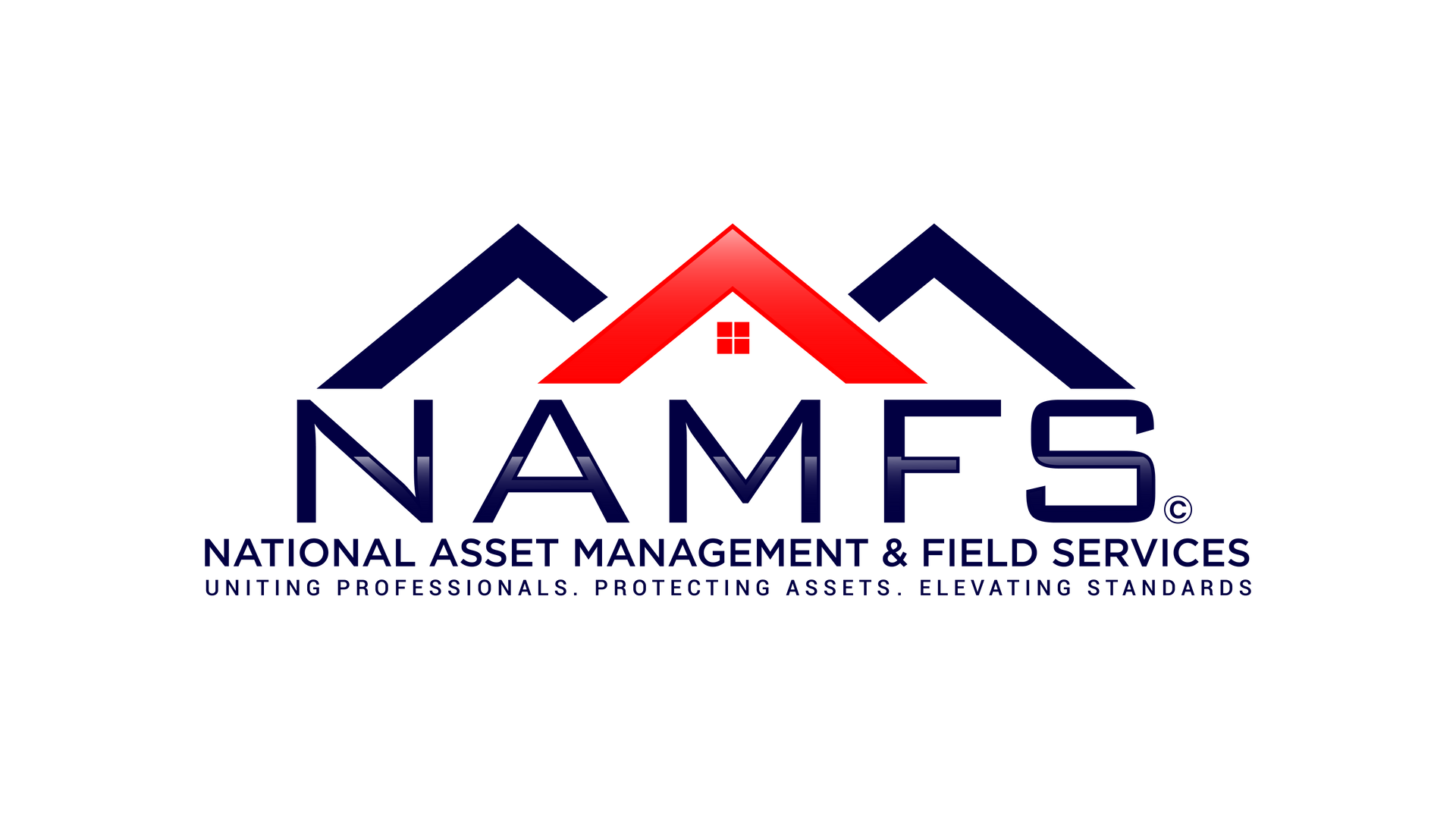Standard Property Condition Report (PCR)
Establishing Consistency and Professionalism in Field Reporting
Problem Statement
The Property Condition Report (PCR) remains one of the most critical components in mortgage field services — determining asset value, maintenance needs, and investor risk. However, no universally adopted standard currently governs the structure, scope, or photographic documentation required within these reports.
This inconsistency has led to widespread inefficiencies and confusion:
Servicers and investors receive reports that vary in quality, structure, and level of detail.
Field professionals face repetitive corrections or re-inspections due to differing client expectations.
Time, liability, and operational costs have increased without proportional compensation adjustments.
NAMFS recognizes that a unified reporting standard is essential to protecting property assets, improving efficiency, and elevating professional credibility across the industry.
NAMFS Response
To address this, NAMFS developed the Standard Property Condition Report (PCR) — a foundational reporting framework built in consultation with mortgage servicers, field service companies, and compliance experts. This Standard defines a common format, data set, and photo documentation protocol to ensure every inspection or preservation-related report meets consistent, verifiable expectations.
Core Components of the Base Standard PCR
Data Fields and Structure
The Standard PCR establishes a set of required fields and reporting sections, including:
- Property Identification: Address, loan number, GPS verification, occupancy status.
- Structural Overview: Foundation, roof, exterior condition, and safety issues.
- Utilities & Systems: Water, electrical, HVAC, and plumbing verification.
- Interior Conditions: Room-level assessments with damage categorization.
- Environmental & Hazard Reporting: Mold, asbestos, or code violations.
- Preservation Readiness: Indicators for winterization, debris, and security needs.
Photo and Media Standards
Drawing on the NAMFS Industry Photo and Video Standards (2020), the Base PCR includes:
- Minimum photo counts per category (e.g., each side of exterior, each major room, and all damage).
- Sequencing and labeling requirements for easy reference.
- Metadata expectations, including date, GPS, and inspector ID.
- Optional video documentation where applicable for damage or safety validation.
Quality and Compliance Requirements
- Photo-to-data linkage for verification.
- Standard definitions for “Fair,” “Poor,” or “Damaged” ratings to eliminate subjectivity.
- Mandatory completeness checklists for submission consistency.
- Integration-ready format for property preservation software platforms.
Operational Context
According to the NAMFS 2025 PCR & Bids Whitepaper, the complexity and liability associated with PCRs have grown significantly in recent years:
Reports now require extensive documentation, local ordinance awareness, and multi-system verification.
Contractors face rising travel, insurance, and administrative costs, with many spending hours on documentation that often goes uncompensated.
The NAMFS Pricing Initiative calls for updated compensation models that reflect the time, expertise, and compliance responsibilities involved in today’s PCR process.
Industry Impact
Implementing the Base Standard PCR will:
- Improve clarity and comparability across service providers.
- Enhance quality assurance and reduce audit failures.
- Support fair compensation models tied to documented complexity.
- Reinforce NAMFS’s leadership in setting measurable, actionable industry standards.
Next Steps
- NAMFS invites members, servicers, and technology partners to adopt, test, and refine the Standard PCR as part of an ongoing standards alignment effort.
- Participate in the Standards Pilot Program to test reporting efficiency and data uniformity.
- Access the Base Standard Template and photo requirements through the NAMFS Member Portal.
- Submit feedback to the Standards Committee to improve field usability and client compatibility.

